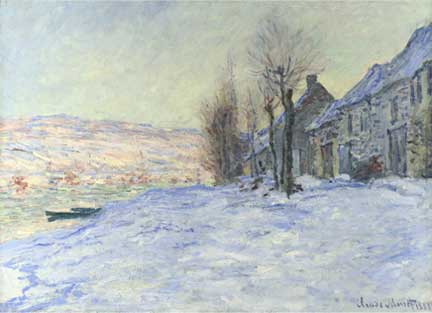First, each student was given a strip of white paper and asked to draw "clues" (example: a closeup of a football's texture) of their favorite sport. The next class was all about getting messy as we painted with everything except paintbrushes. Toothbrushes, rags, springs, sponges, eyedroppers, nothing was off limits as the kids painted several strips of paper using different methods.
 The next class was dedicated to the sculpture parts of our painted sculptures. The students would glue down one end of a strip of paper, twist,turn, fold, or loop then attach the other end. We kept adding strips of painted papers until we were all out. I was so pleased with the results that I put them out on the bulletin board! Great job 1st graders!
The next class was dedicated to the sculpture parts of our painted sculptures. The students would glue down one end of a strip of paper, twist,turn, fold, or loop then attach the other end. We kept adding strips of painted papers until we were all out. I was so pleased with the results that I put them out on the bulletin board! Great job 1st graders!






















